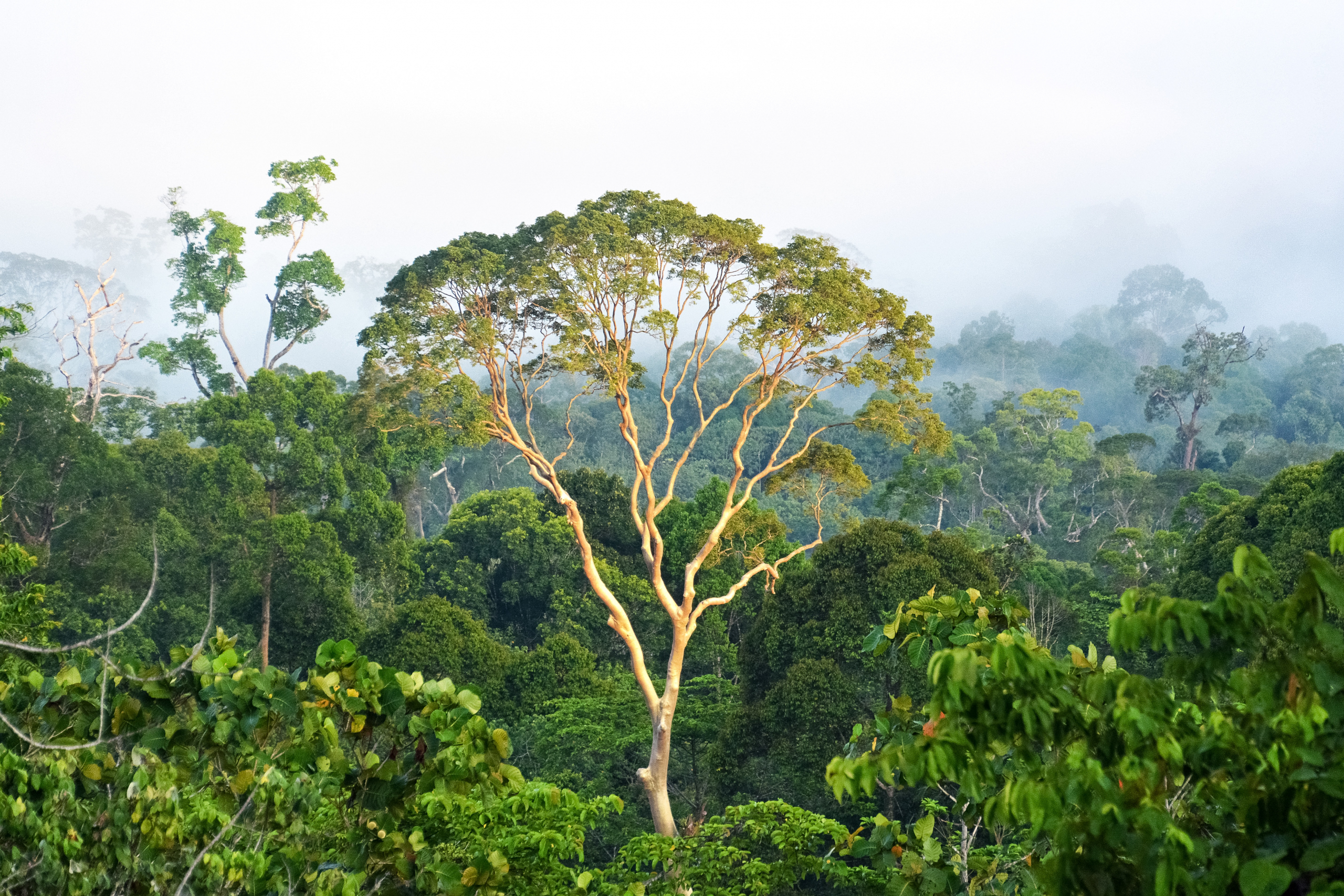The biodiversity and ecosystem service contributions and trade-offs of forest restoration approaches

Hua et al. 2022
A recent study in Science has revealed the differences in the ecosystem services and biodiversity benefits of native forests compared to tree plantations. Diverse native forests were found to perform better in terms of supporting biodiversity, above-ground carbon storage, soil erosion prevention, and water provisioning, compared to simple tree plantations. Plantations were found to perform better for wood production.
The synthesis study was based on a database consisting of almost 26,000 records from 264 studies conducted in 53 countries, and found that environment-oriented ecosystem services (aboveground carbon storage, soil erosion control, and water provisioning), as well as biodiversity, are delivered better by native forests than by tree plantations. Soil erosion control and water provisioning showed the greatest difference, with plantations significantly less effective at water provisioning than native forests in drier climates with increased water scarcity. Additionally, the study also found that abandoned plantations no longer used for wood production do not deliver the ecosystem services or biodiversity benefits of native forests, highlighting opportunities for restoring them to native forests to deliver environmental benefits.
Delivery of these greater ecosystem benefits by native forest restoration results in a trade-off with wood production due to the yield advantage of plantations over restored native forests as measured in wood volumes. Plantations use fast-growing species which tend to grow tall and straight, and can include active management with fertilisers and weeding. Native forests contain multiple tree, shrub, and herbaceous species without being managed for growth, with wood production therefore possibly less efficient.
The study reveals the importance of restoration of native forests as a nature-based solution by delivering both biodiversity conservation and ecosystem services, with some trade-offs in wood production. Therefore, if wood production is not the primary goal, site-appropriate measures including unassisted and assisted natural regeneration and active planting of diverse native species should be used for native forest restoration. Where forest restoration goals include wood production, trade-offs between environmental and production outcomes must be incorporated into decision making.
The study also highlights the needed future research into the trade-offs between wood production, biodiversity benefits and ecosystem services for a range of restored forest covers. This would ensure that forest restoration actions provide environmental gains while meeting any wood production goals.
Read the full Science paper, The biodiversity and ecosystem service contributions and trade-offs of forest restoration approaches.




